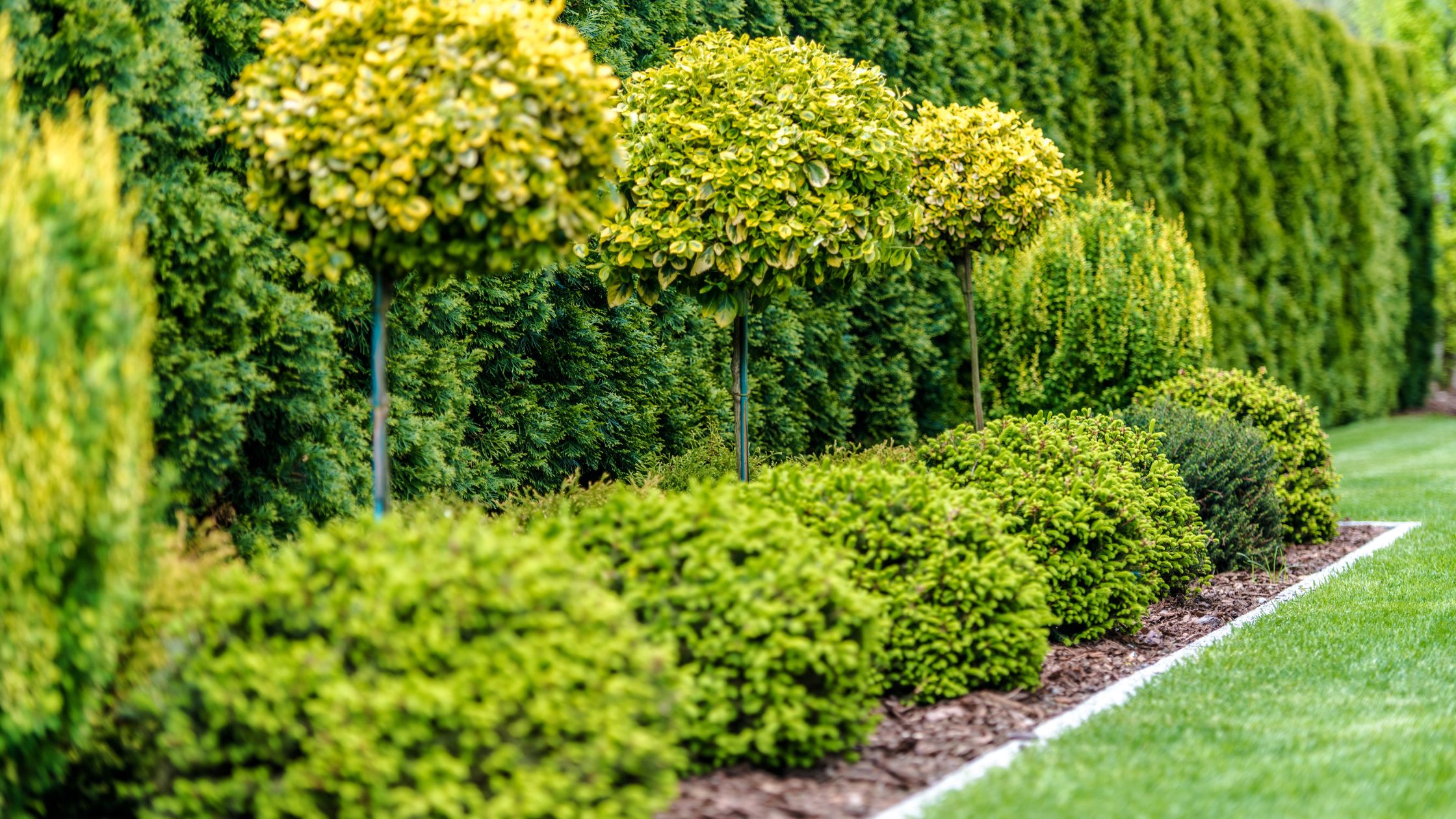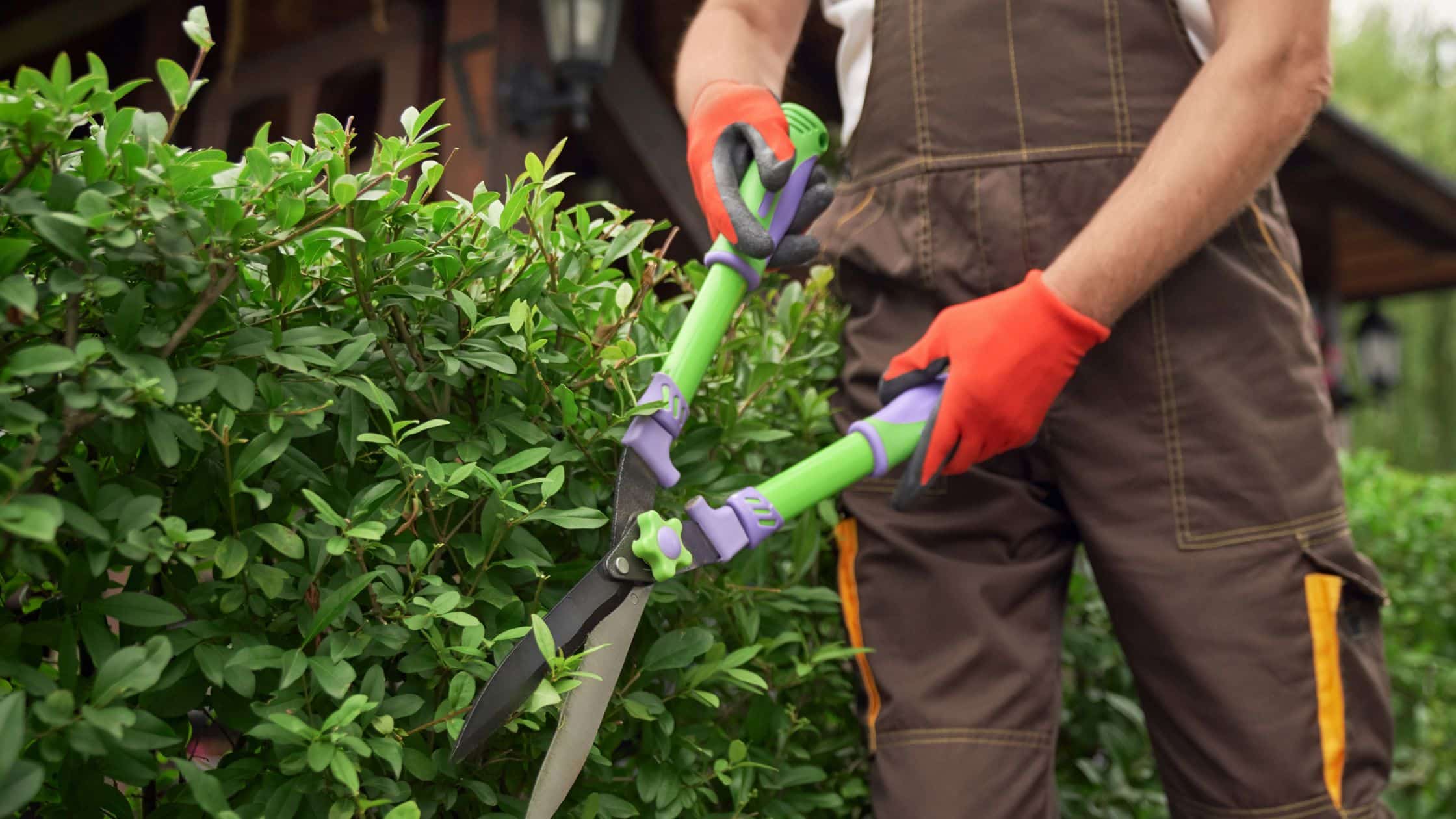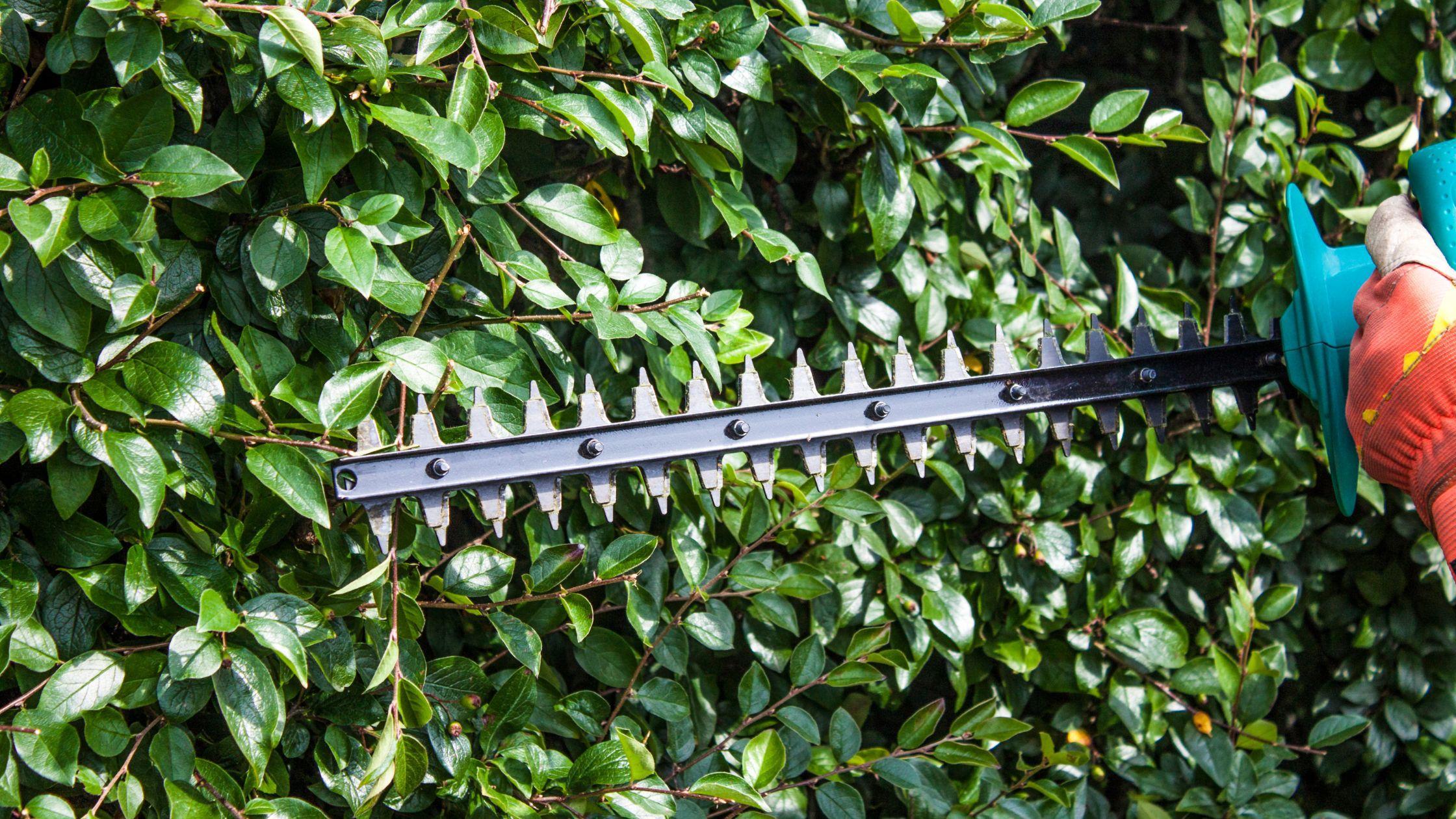Shape Your Landscape with Our Expert Bush Trimming Services
Keep Your Property Looking Sharp
Whether it’s a quick cleanup or a full seasonal shape-up, we handle bush and shrub trimming with care and precision. Clean edges, proper cuts, and minimal mess — it’s all part of the service. We trim to enhance the natural shape of the plant while preventing overgrowth that can block windows, paths, or driveways.
Health Comes First
Our approach isn’t just about looks. We trim with the health of the plant in mind — removing dead or crossing branches, promoting air circulation, and preventing future disease or dieback. Every cut is intentional, based on the type of shrub and the time of year.
Cleanup Included, Every Time
When the bush trimming’s done, we don’t leave a mess behind. All clippings are bagged, hauled, or mulched according to your preference. Whether you’re prepping for a home sale or just tired of scraggly bushes, we’ll leave your yard looking clean, tidy, and refreshed.

Bush Trimming Options:

Disposal Options:

READY TO GET STARTED?
SCHEDULE A QUOTE:

 TELL US HOW
TELL US HOW WE CAN HELP













